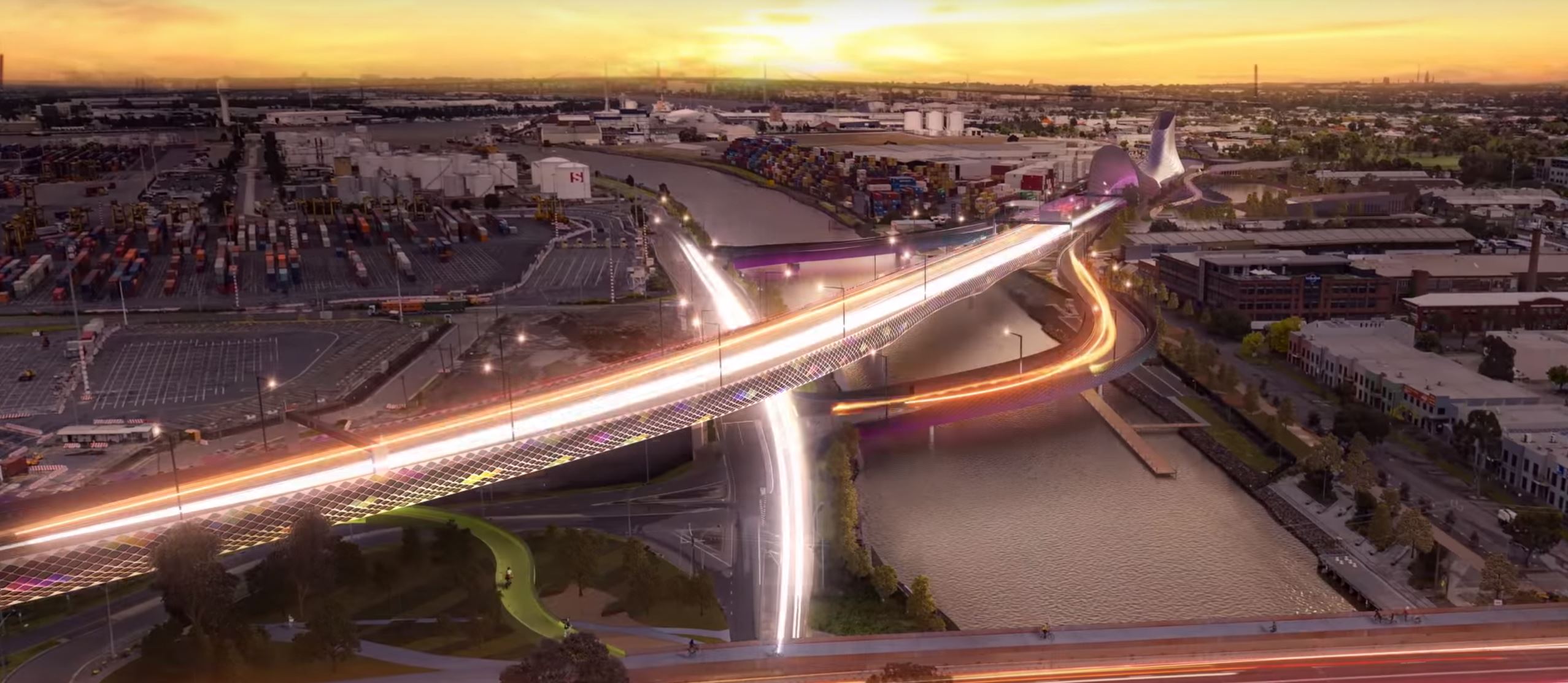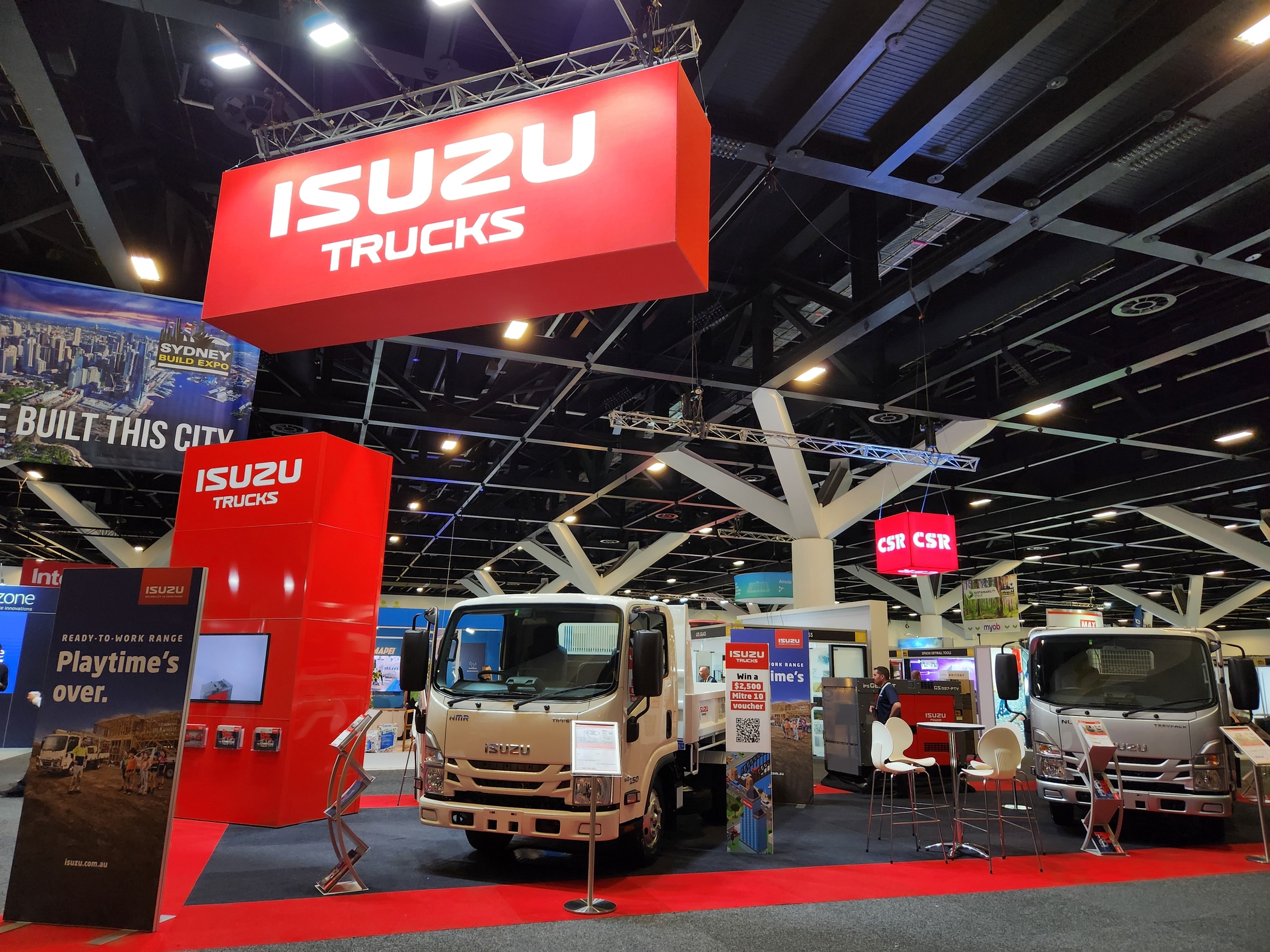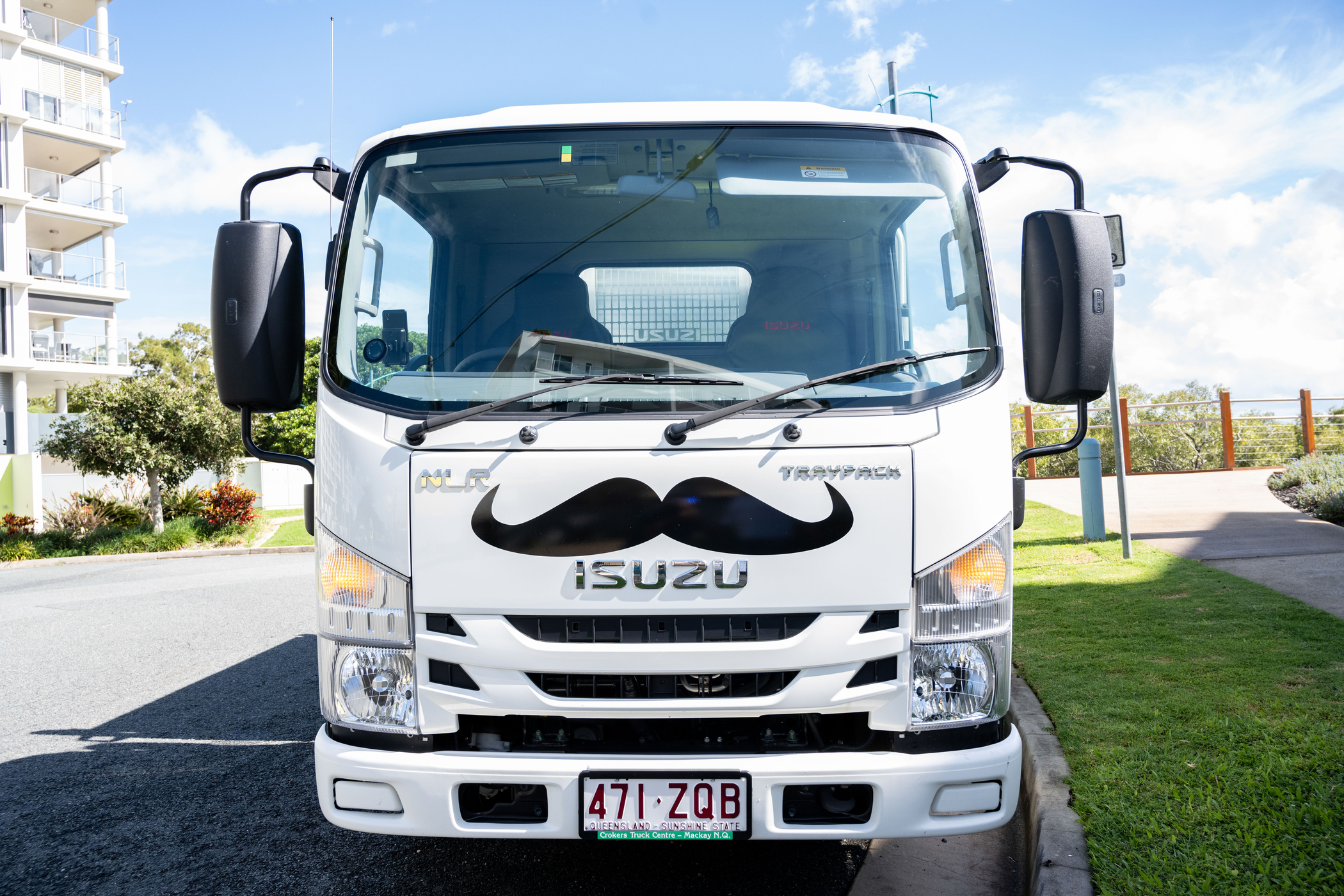It’s one of the most frustrating sights you’re likely to come across as you’re navigating Australia’s road networks – a sea of brake lights stretching down an arterial road as far as the eye can see.
Recently released studies of Australian traffic conditions point unequivocally to the fact that the crowding on our roads is only getting worse. Global navigation and mapping giant TomTom’s 2016 Traffic Index showed
Melbourne’s congestion rivals New York City, and Sydney’s traffic is comparable to gridlocked metropolises such as London, Rome and Los Angeles.
“These statistics, while compelling, mean nothing in comparison to the frustration felt by over a million drivers trudging through peak hour every single day,” Isuzu Australia Limited (IAL) Director and Chief Operating Officer, Phil Taylor, said.
“It’s during those long, stalled periods on freeways, bypasses and city streets that you understand how significant the issues surrounding road infrastructure planning are.”
Australia’s population is swelling and, with most of that growth centring around the nation’s capital cities, it’s placing significant strain on our ageing road infrastructure.
The Department of Infrastructure and Regional Development predicts that congestion on metropolitan roads will cost the Australian economy
$30 billion by 2030, a figure that Mr Taylor said is partly the result of the country’s unprecedented shift towards urban living.
An historic misunderstanding of the transport needs of cities and municipalities is also creating additional issues.
“The scale of urban growth in recent years just wasn’t taken into account when this earlier infrastructure planning was taking place.
“Australian legislators 20 or 30 years ago couldn’t have fathomed the pace and concentration of this development and so the planning and subsequent works that took place are insufficient now and certainly won’t cater for the extremes we will see in the years ahead.
Combined with this, the historic neglect of road infrastructure spending has led to the present situation – where last year
Engineers Australia estimated the national infrastructure deficit at around $800 billion.
As governments work to address this shortfall, an evidence-based framework – coupled with a well-reasoned and articulated strategy that targets vital projects – will help to ensure the future of Australia’s road network is in the best possible shape.
“When politicians talk about road infrastructure, the conversation needs to be framed around projects that will create the most significant benefits to the economy at large rather than expensive and unwieldy pork barrelling.
“Infrastructure projects that win votes at election time aren’t necessarily the best allocations of taxpayer money,” Mr Taylor said.
“A
2016 Grattan Institute report suggests that over the last decade governments from both sides of the political divide have been supporting infrastructure projects in marginal electorates while projects with much greater net social benefit remain unfunded.
“The infrastructure projects being pursued throughout Australia should be carefully assessed. It’s imperative that organisations like Infrastructure Australia are prioritizing the projects that create optimal benefit to the transport network in general.”
As legislative bodies consider the next-generation of road infrastructure projects, Mr Taylor would like to see government officials to diligently consider the economic merits of projects in concert with the social benefits that infrastructure works bring to the average commuter.
“The next round of major infrastructure works will be the first to broadly feature contemporary IoT [Internet of Things] technology that will help modernise Australia’s road network,” Mr Taylor said.
“The benefits these ‘Smart Roads’ can have in reducing congestion can be seen globally in places like Singapore, but we’re going to need to pay for the privilege of having this technology built into our roads – and it’s not going to be cheap.
“Australia needs to get the next round of key infrastructure works right, and to develop strategies that benefit all road users.”
Mr Taylor said carefully evaluating projects, and considering the interests of the average commuter – and of the transport and logistics sector that helps drive the national economy – will result in better designed infrastructure projects.
“The broader community can sometimes view transport in fairly limited, commercial terms. It’s the trip to the workplace where they earn money, or a trip to a store where they’re planning to spend that money. And it’s understandable that politicians would want to cater to these types of concerns,” Mr Taylor said.
“However, modelling produced by public policy consultancy ACIL Allen predicts that a 1 per cent improvement in the efficiency of the transport and logistics sector
generates total gains of $2 billion to the economy each year.
“Figures like these are too substantial to be ignored by legislators as they plan for the next generation of Australian infrastructure.”
A National Transport Commission report,
Who Moves What Where, showed in the ten years before 2016, the domestic passenger task increased by 8 per cent, and is predicted to grow to 19 per cent by 2026. In contrast, the domestic freight task grew by 50 per cent in the decade leading up to 2016, and the National Transport Commission forecasts that growth to rise by an additional 26 per cent over the decade to 2026.
It’s figures like these that lend credence to Mr Taylor’s claims. The growing freight task cannot be ignored as Australia’s road network enters a transitional phase.
“Effectively planning infrastructure to balance the sometimes divergent concerns of residents and businesses as Australia’s population continues to grow is a complex and arduous task ahead of our legislators, but as they strive to develop an equitable solution, the benefits of the transport and logistics sector must be considered,” Mr Taylor said.
“Australians are increasingly choosing to import goods from overseas, and e-commerce is making it easier than ever before for a customer to buy goods from abroad. The vast distances separating Australian population centres makes road transport a critical investment to support the growing multimodal freight task.”
Transport corridors that allow goods to move efficiently between hubs, and road infrastructure that is planned with consideration for the importance of heavy vehicle traffic, will help ensure the Australia of tomorrow is prosperous and liveable.
“If the transport industry is the lifeblood of Australia’s economy, the nation’s road infrastructure network forms the arteries – ensuring everything is getting where it’s needed.”
Mr Taylor believes having the correct links in place to ensure the movement of people, as well as goods and services, throughout the country will help grow the national economy and improve Australia’s international competitiveness.
“The Australian road network today stands at a critical juncture,” Mr Taylor concluded.
“If road congestion issues continue to persist, the national economy will suffer, and the renowned liveability of our fabulous cities will be put in jeopardy.
“Contemporary technology can be massively beneficial in helping governments maximise the finite resources and space that they can commit to infrastructure projects. But technology by itself won’t solve the congestion problems every driver experiences across the Australian road network.
“Strong leadership, coupled with evidence-based planning strategies and modelling, offers the most effective means of delivering the road infrastructure network that will allow Australia to prosper for generations to come.”









